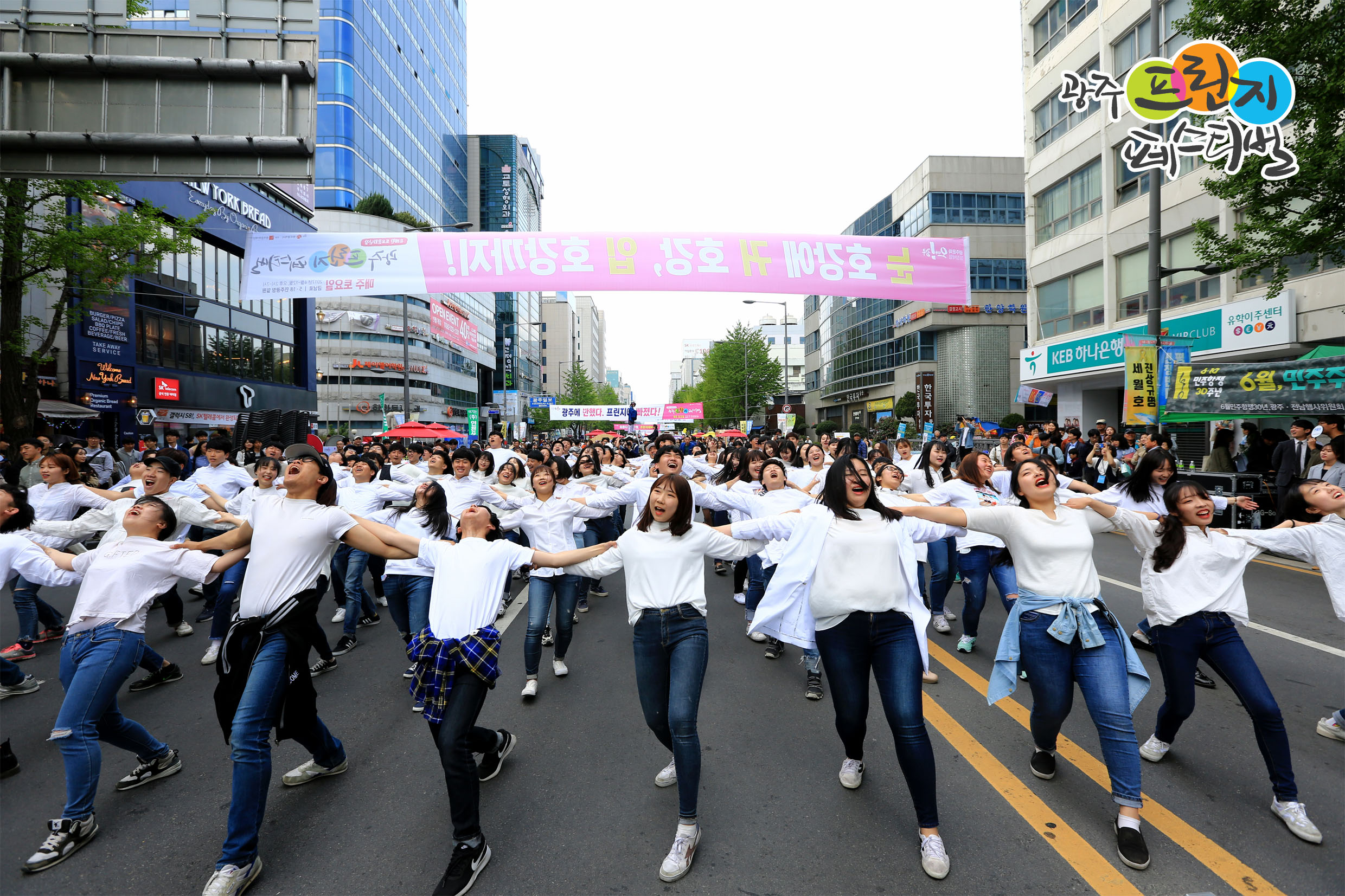Fringe Festival Gwangju-Style

Written by Wilhelmina Asaam
Photos courtesy of Gwangju Fringe Festival
I’m from the UK, and when I hear the words “fringe festival,” I immediately think Edinburgh: comedy, art installations, music, and drama productions. What definitely doesn’t come to mind is Gwangju, or even South Korea!
When eight small theater companies showed up to the larger Edinburgh International Festival hoping to perform in 1947, they were denied entry. Stubbornly unable to let that stop their performances, they instead set up their own productions in the smaller theaters around Edinburgh, hoping to steal away some of the attention of the large crowds that had gathered at the main festival.

Robert Kemp, a Scottish journalist and playwright, wrote about these sideline productions, stating, “Round the fringe of official Festival drama, there seems to be more private enterprise than before… I am afraid some of us are not going to be at home during the evenings!” Thus, the term “fringe festival” was coined.
The founding principle of the fringe festival is that no one is denied their chance to perform; it is built on creative freedom. This means that anyone with a creative pursuit to showcase is able to apply and enter the festival!
The first fringe festival was established at that incident in 1947, and it remains the world’s largest arts festival to date. However, it has branched out a fair bit since then, with fringe festivals held annually all over the globe! This amazing celebration of arts and culture finally reached Korea with the beginning of the Independent Arts Festival in 1998, which become the Seoul Fringe Festival in 2002.

This festival has showcased Korean arts for almost two decades and has also grown to include many international Asian acts, a path that Gwangju’s own fringe festival seems set on following.
This year marks the second year in which this festival has taken place in Gwangju. The Lonely Planet (www.lonelyplanet.com) describes Gwangju as having “a long history of harboring artists…reflected in civic support for the arts that shines through at every turn.” With the regular and popular Biennale exhibition already under its belt, it is no wonder that people are flocking to this festival and expecting big things from Korea’s arts and culture center point, Gwangju.
Last year’s debut included many acts and performers, and drew a staggering 280,000 visitors to Gwangju. However, Yang Jin-seok, the person-in-charge, estimates that twice that many people will visit this year’s “May Is Freedom” themed festival. The theme, with clear reference to the democratic uprising in 1980, is another clear indicator of why Gwangju is the perfect spot for this festival to flourish.

Performances are divided into two parts: the main stages and many smaller-sized stages, including four open for “busking” (a term that typically refers to a more casual street performance). The three main stages are located in May 18 Plaza and Geumnam-ro, an area that is a pedestrian-only zone every fourth Saturday of the month.
The Gwangju Fringe Festival has been appearing every Saturday in the downtown Geumnam-ro area (4–9 pm) since late April and will continue until December 16 and will be full of art installations, music performances, and a variety of cultural experience programs.
The festival coordinators believe that this is a cultural event at which anyone can join in and have fun, which is one of the main reasons for the excitement surrounding the event. It is clear that Gwangju is staying true to the origins of this festival, and that is what will help it grow as the original did.
Phone: 062-224-0323 or 062-601-4914
Attending: 062-601-4916
Performing: 062-601-4911/4912
Webpage: http://fringefestival.kr/







